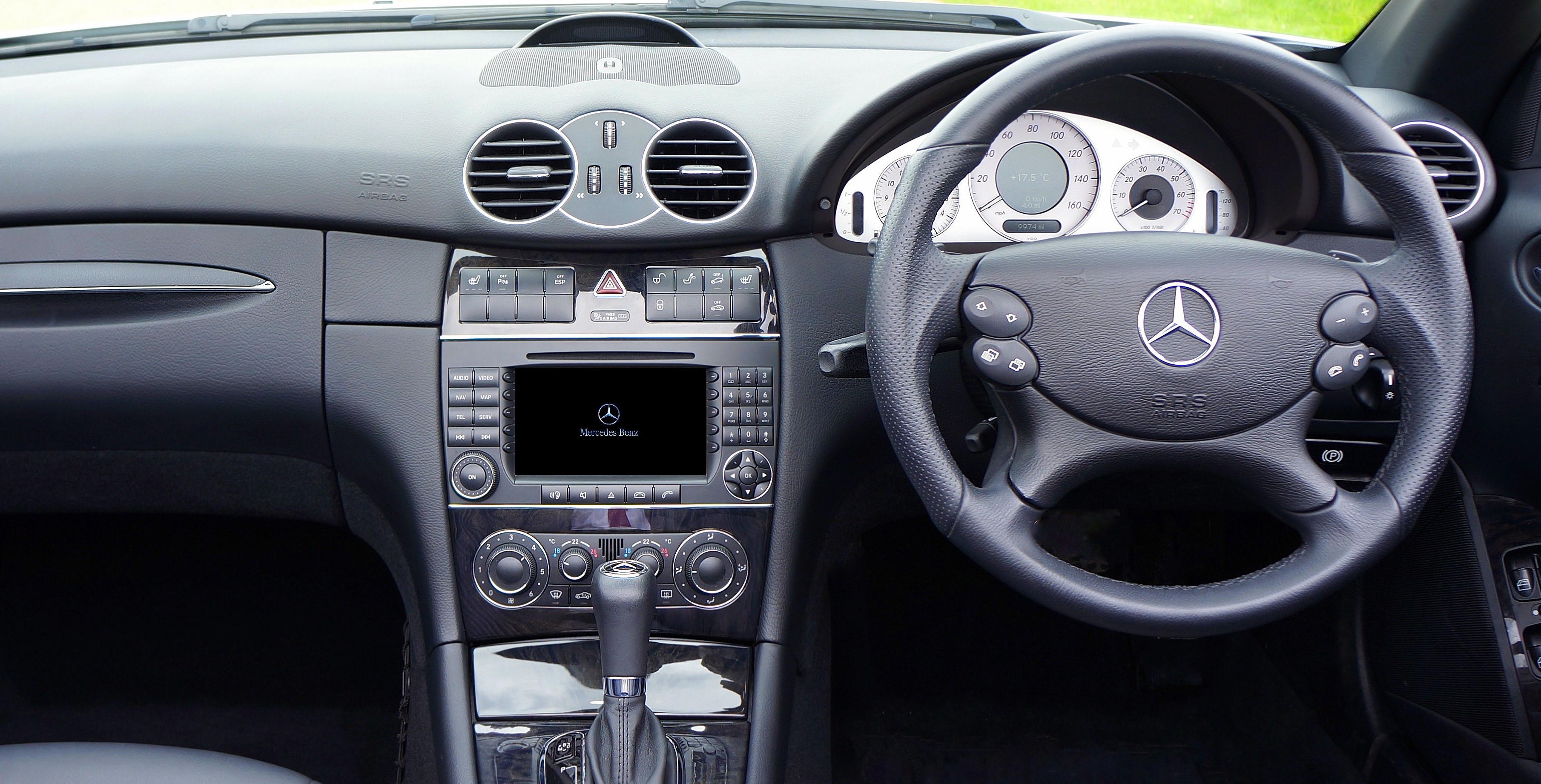The principle of operation & faults of the heating system in the car, and do you need to turn on the air conditioner in the winter
The car has a lot of breakdowns, like the stove and air conditioning system not working or partially working. The car heating system is responsible for air conditioning and air filtration, it maintains the most comfortable temperature inside the car. The temperature in the cabin can be conditionally adjusted for the driver of each passenger separately in cars starting from E class.

How does a heater work?
The electrical control unit (ECU) is responsible for the operation of all electrical systems, and the car, computers, navigators, controllers ABS, ESP, etc. Faults in its functionality will cause troubles not only with the heating system and air condensation, but also with other systems. The ECU receives arrays of information from all sensors (speed, temperature, pressure, etc.) and sends commands to the actuators through a special software algorithm processes the data.
The system is made up of a radiator, two water valves, a compressor, a fan, a condenser, a temperature sensor, a pressure sensor, and a pressure reducing valve.
So, how does the heating system work?
You should have no issues with how to turn on heater in car. Turning on the heater in a car is simple, but it depends on whether your car has a manual or automatic climate control system. Some modern cars are still equipped with manual air conditioning. It is more commercial & utility vehicles or economy cars & entry-level trims.
Settings entered by the driver or passengers will be a signal input for the ECU, in its turn, they ensure the operation of the heating, ventilation and air condensation system. What is more, the ECU, depending on weather conditions, can adjust the temperature by ± 2 °C.
What can cause the car’s heating system failure?
One of the most common causes of the auto heating and cooling brokenness can be caused by the fan or fuse troubles.
The second cause is caused by the leakage of the radiator or pipe. However, the problem of low levels of antifreeze is relevant for cars of previous generations. Modern cars are equipped with a coolant level sensor.
The third reason may come from the inappropriate mixture of the cooling agent. If the radiator flows, this can be corrected with sealants, but if you approach this insufficiently qualified, the radiator may become clogged. The air conditioning filters need to be replaced (ones per 1.5 -2 years) to prevent their contamination.
Functioning of the pump and the engine’s thermostat are responsible for the antifreeze circulation and allow the motor not to get overheated, and make the stove work properly. Therefore, problems with the thermostat or pump are fraught with more serious problems than not working the stove. At the same time, when driving above the third gear, the stove may not work, and at low speeds to warm up the cabin properly. This indicates a breakdown of the thermostat. It must be replaced.
Possible symptoms of a heating system faults
- Lack of heat from ventilation holes;
- Absence of cold leash from ventilation holes;
- Inconsistent temperature control;
- Fan motor not running;
- There are additional noises or unpleasant smells when the system is turned on.
Can a car's heating system trigger Diagnostic Trouble Codes (DTCs) when scanned with an OBD2 scanner?
During the on-board diagnostics of the vehicle, you can face with errors related to the functioning of car heater controls. Also, called HVAC system (heating, ventilation, and air conditioning). These errors are attributed to B-codes or U-codes.B
- B1081 – Temperature blend door actuator circuit fault
- B1083 – Passenger side blend door actuator fault
- B1091 – Defrost mode actuator circuit failure
- B1242 – Heater blower motor failure
- B1084 – Air mix control motor position sensor failure
- U0164 – Lost communication with HVAC control module
Do you need to turn on the air conditioner in the winter?
In winter, turning on of the conditioning is necessary and it is repeatedly confirmed fact. First and foremost, the downtime will have a negative impact on the system, namely, the oil lubricant flows on the bottom and in the summer the system starts working dry. The tubes dry out and crack after a period of rest from running the air conditioner, the smell will be unpleasant. Secondly, in the cold season, the percentage of humidity is high, as will be high and humidity inside the cabin. Windows often fog up and disturb the view for the driver. Air conditioning will help dry out the air. Turn on the air conditioner should be 1 every two weeks for 5–10 minutes will not greatly affect fuel consumption.
We have already provided a deployed response to the question: “how does heat work in a car?” If you have issues about the car and OBD2 diagnostics, you might ask them in our inCarDoc forum.

